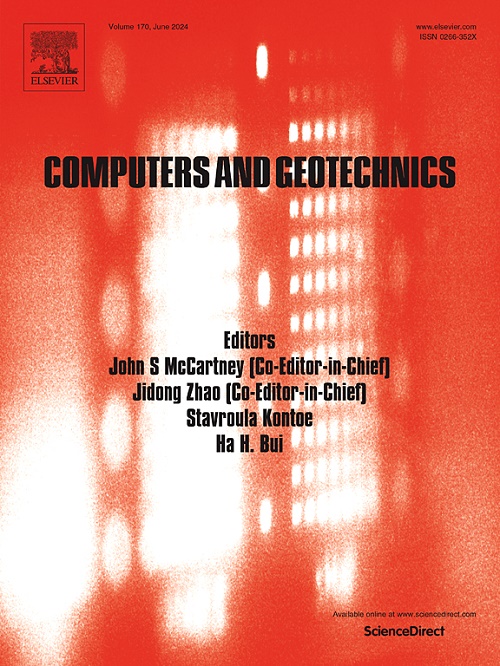Developing a digital twin for dam safety management
IF 5.3
1区 工程技术
Q1 COMPUTER SCIENCE, INTERDISCIPLINARY APPLICATIONS
引用次数: 0
Abstract
A dynamic, reliable, and even automatic evaluation of dam performance (e.g., deformation) is essential for safety management of earth and rockfill dams. The digital twin has emerged as a promising tool for smart dam safety management. Many countries have launched projects to develop digital twins of dams, which represent a living model that can continuously learn from monitoring data from the physical counterpart and produce a complete and timely description of the dam’s performance. A practical framework is proposed in this study to develop digital twin of an earth or rockfill dam for predicting its mechanical responses. The proposed framework utilizes both a physics-based dam model and monitoring data to enhance the model’s performance through Bayesian updating. It is illustrated by an operational digital twin project, i.e., the Danjiangkou Digital Twin Project for developing the digital twin of the core-wall rockfill dam at the right bank. The proposed method enables three novel features for dam safety management, namely, real-time simulation, future forecast, and scenario projection of dam performance. The results showed the updated dam model predicted the dam crest settlements accurately with an RMSE as small as 4.20 mm, verifying the effectiveness of the proposed framework.
求助全文
约1分钟内获得全文
求助全文
来源期刊

Computers and Geotechnics
地学-地球科学综合
CiteScore
9.10
自引率
15.10%
发文量
438
审稿时长
45 days
期刊介绍:
The use of computers is firmly established in geotechnical engineering and continues to grow rapidly in both engineering practice and academe. The development of advanced numerical techniques and constitutive modeling, in conjunction with rapid developments in computer hardware, enables problems to be tackled that were unthinkable even a few years ago. Computers and Geotechnics provides an up-to-date reference for engineers and researchers engaged in computer aided analysis and research in geotechnical engineering. The journal is intended for an expeditious dissemination of advanced computer applications across a broad range of geotechnical topics. Contributions on advances in numerical algorithms, computer implementation of new constitutive models and probabilistic methods are especially encouraged.
 求助内容:
求助内容: 应助结果提醒方式:
应助结果提醒方式:


